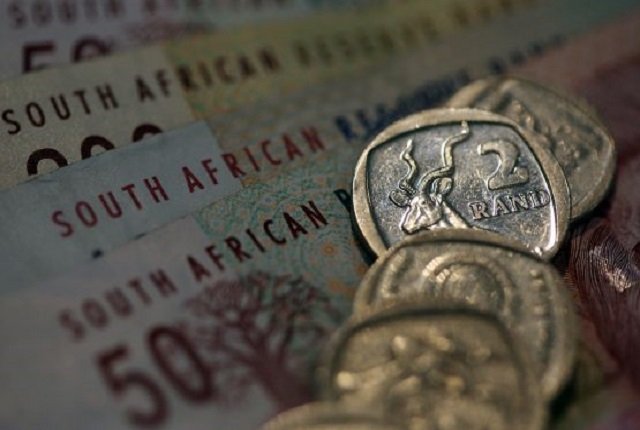BusinessTech
The latest update to The Economist’s Big Mac Index shows that South Africa’s currency is one of the most undervalued globally.
The index uses the prolific McDonald’s Big Mac burger to demonstrate purchasing power parity – the notion that, in the long run, exchange rates should move towards the rate that would equalise the prices of an identical basket of goods and services.
The Big Mac is selected for comparison as the popular fast-food meal is widely available and remains fairly consistent in pricing.
Based on the index’s findings, the rand is undervalued by as much as 54.5%, and should be trading at a ‘fair’ value of R7.75 versus the dollar – or R9.85 if you take into account the size of South Africa’s economy relative to the United States.
The reality, however, is that the rand is currently trading around R16.70 to the dollar – begging the question of why it is so undervalued.
A currency is considered undervalued when its value in foreign exchange is less than it should be based on economic conditions. However, currency value isn’t determined objectively and may be undervalued due to a lack of demand, even if a country’s economy is strong.
Other factors are also taken into account, including investors’ appetite for risk, as well as a plethora of conditions, local and global, that play into the stability of a particular market.
Economists agree that the rand is heavily and fundamentally undervalued but say that its positioning makes sense when looking at the macroeconomic environment. General sentiment towards the rand is being affected by:
Speaking to BusinessDayTV, RMB’s head of FX Execution, Matete Thulare said that the local unit is “massively undervalued” due to both local and global factors – some more recent and others persisting for years.
On the global front, the rand has been hit by two black swan events in almost as many years – the first being the Covid-19 pandemic and the latest being the Russian invasion of Ukraine.
In the first event, the rand pushed to an all-time high of R19.35 to the dollar. And more recently, it hit a high of around R17.30.
Market sentiment is being swayed heavily by international factors, he said. The political tensions in eastern Europe are ongoing, and there is talk of recession in the US.
“If the US sneezes, the rest of the world catches a cold,” Thulare said. Meanwhile, Covid-19 remains a threat, especially with the numbers seen in Asia.
From a local perspective, the issues with Eskom are well known and evident, he said, while political tensions are also rising with the ANC’s policy conference starting this weekend, and the party’s elective conference due at the end of the year.
“Year to date, the rand has lost about 6% of its value against the dollar, and there are many risks for the currency to the close of the year, from both a local and offshore perspective,” Thulare said.
Absa’s macroeconomic outlook for Q3 2022 paints a similar picture.
The bank believes the rand is fundamentally undervalued on both a real and PPP basis – however, it does not expect a quick recovery for the unit in the current environment.
“The recent bout of load shedding and its impact on the rand partly explain why our PEER model suggests that the ZAR is now grossly oversold relative to its main currency peers,” it said.
“More specifically, our PEER model implies that the rand should be trading at R16.37/USD to be consistent with the recent performance of currencies that have similar characteristics to the ZAR. Given that load shedding has abated for now, we believe that there is scope for the risk premium in the rand to narrow.”
The rand also remains undervalued on a purchasing power parity basis, it said.
The bank said that the South African Reserve Bank’s recent acceleration in monetary tightening should help to anchor inflation expectations over the medium term and support the currency -thus, the rand has scope to recover to R16.50/dollar by the end of Q3 22 and R16.00/dollar by year-end, it said.
However, risks remain. The bank said that as long as the dollar remains on the front foot and risk aversion is high, the rand is likely to recover only gradually.
“Less supportive trade inflows on the back of slowing global growth and/or any heightened political noise in the run-up to the ANC elective conference in December could also hinder a more substantial recovery in the exchange rate,” it said.
Read: The ‘real’ value of the rand right now, according to the Big Mac Index
Comments section policy:
Economists on why the rand is so undervalued right now – BusinessTech




